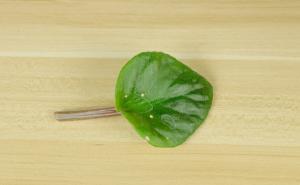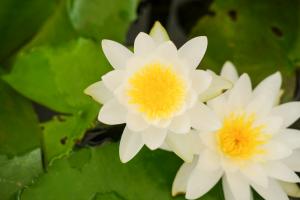Planting Strawberries in the Fall: A Comprehensive Guide
Strawberries are a delicious and healthy fruit that can be enjoyed fresh or used in various recipes. While most people think of planting strawberries in the spring, fall can actually be an excellent time to plant them. Here is all you need to know about planting strawberries in the fall.
Why Plant Strawberries in the Fall?
Many gardeners prefer planting strawberries in the fall over the spring. That's because the cooler temperatures and increased rainfalls during the fall season allow the plants to establish strong root systems, which will lead to bigger and better yields during the following year's growing season. Also, by planting strawberries in the fall, you can enjoy an early harvest of delicious strawberries in late spring or early summer.
Choosing the Right Variety
When it comes to planting strawberries, it's important to choose the right variety based on your climate and growing conditions. For fall planting, you should choose a variety that is suitable for your area and can withstand the colder temperatures. Some popular fall strawberry varieties include Ozark Beauty, Tristar, and Tribute.
Preparing the Soil
Before you start planting strawberries, you need to prepare the soil properly. Start by removing any weeds, rocks, or debris from the planting area. Then, amend the soil with compost or other organic matter to improve the soil's nutrients and drainage. The pH should be around 6.0-7.0 for the best results.
Planting the Strawberries
Once the soil is ready, it's time to plant the strawberries. The best way to plant strawberries is to create a raised bed. This will provide better drainage and prevent the plants from sitting in water. The raised bed should be about 8-10 inches high and 18-24 inches wide.
Plant the strawberries about 12-15 inches apart and make sure to set them at the same depth they were in their original container. After planting, water the strawberries generously to ensure that the roots are well-established.
Care and Maintenance
After planting, make sure to care for and maintain your strawberry plants throughout the fall and winter. Water the plants regularly, particularly during dry spells. Mulch can also be used to protect the plants during the colder months and to retain moisture in the soil.
As the weather cools, the foliage of the strawberry plants will die back. Don't worry, as this is just the plant's natural response to the changing weather. Simply remove any dead foliage and wait for a bountiful harvest in the following year.
Conclusion
As you can see, planting strawberries in the fall can be a wise decision for both the current harvest and the following year's crop. With proper planning, preparation, and care, you can enjoy delicious, homegrown strawberries for years to come.

 how many times do yo...
how many times do yo... how many planted tre...
how many planted tre... how many pine trees ...
how many pine trees ... how many pecan trees...
how many pecan trees... how many plants comp...
how many plants comp... how many plants can ...
how many plants can ... how many plants and ...
how many plants and ... how many pepper plan...
how many pepper plan...































